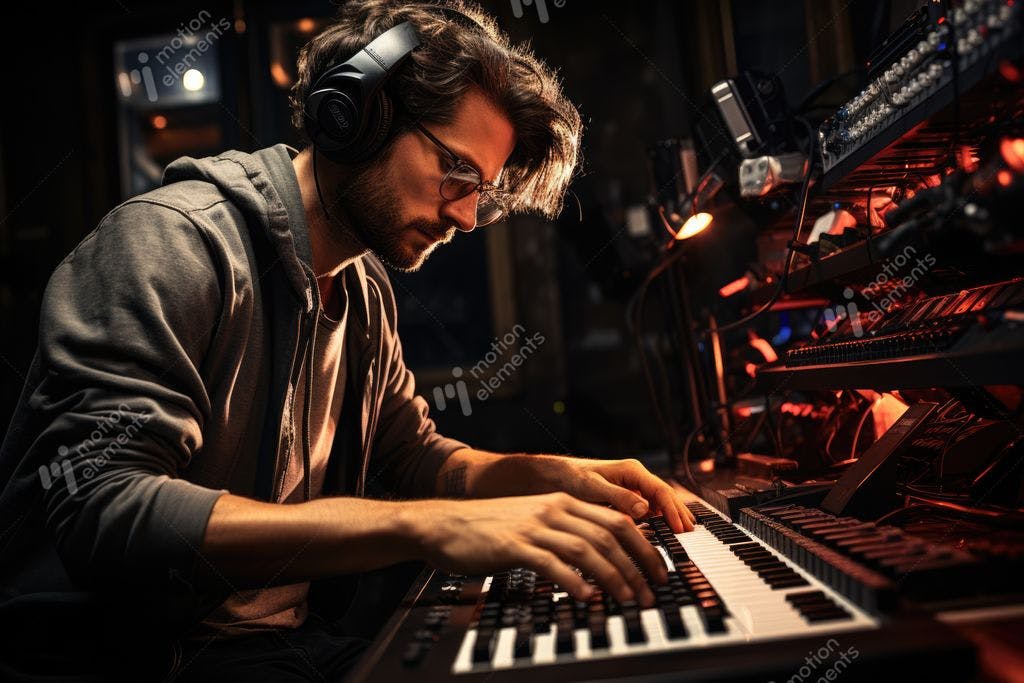Introduction
Music is the soul of any artistic project, and for musicians and music producers, selecting the right music is a critical step in the creative process. Whether you're working on a film, a video game, a commercial, or any project that involves music, the impact of your choice can define the success of the final product. In this age where video editing and multimedia production are at their peak, understanding the nuances of music selection is more important than ever.
1. Understanding Different Types of Music
i. Genre Considerations
The first step in choosing the right music is to understand the various genres available. From classical to hip-hop, each genre carries its unique mood and message. Consider the tone of your project – is it upbeat or solemn, contemporary or historical? The genre should complement the theme and emotion of your project.
ii. Instrumentation and Arrangement
Different instruments convey different feelings. A string quartet offers a different texture compared to an electronic synthesizer. Think about the instrumentation that will best support your project's atmosphere.
iii. Tempo and Rhythm
The tempo and rhythm of a piece can dramatically alter the perception of a scene. A slow, languid tempo might suit a reflective, thoughtful segment, while a fast-paced beat might be perfect for an action sequence.
2. Researching the Music Industry
i. Trends and Innovations
Staying updated with current trends in music can be beneficial. What's popular can often resonate more with your audience. However, don't be afraid to go against the grain if it suits your project better.
ii. Understanding Copyrights
Understanding the legal side, especially copyrights, is crucial. Ensure that the music you're interested in using is either royalty-free or that you have obtained the proper licenses to use it.
iii. Collaborations and Networking
Networking with other musicians and composers can open up new opportunities for unique collaborations. This can be particularly important when your project requires something unique or custom-made.
3. Finding the Right Music for Your Project
i. Aligning Music with Your Vision
Your project's vision should always be the guiding force in selecting music. Consider how the music complements the narrative, visuals, and overall tone of your project.
ii. The Role of Music in Storytelling
Music is a powerful storytelling tool. It can convey emotions and themes, often more effectively than visuals alone. Reflect on how the music is augmenting or changing the narrative of your project.
iii. Experimentation and Samples
Don't hesitate to experiment with different tracks. Use samples and mock-ups to test how different musical pieces fit with your project. This experimentation is especially important in projects where video editing plays a key role.
4. Collaborating with Composers and Music Professionals
i. Communicating Your Vision
When working with composers or other music professionals, clear communication of your vision is key. Provide them with as much information about your project as possible, including its tone, style, and emotional arc.
ii. The Importance of Feedback
Be open to receiving and giving feedback. A collaborative approach can lead to a more refined and suitable musical piece for your project.
iii. Understanding Each Other's Workflows
Understanding each other's creative and work processes can greatly enhance the collaboration. This is particularly true in projects where music and video editing intertwine closely.
Conclusion
Choosing the right music for your project is a multifaceted process that involves understanding different types of music, staying abreast of industry trends, aligning music with your project's vision, and effectively collaborating with music professionals. Remember, music is not just an addition but an integral part of the storytelling process, particularly in projects that heavily involve video editing. By following these guidelines, musicians and music producers can ensure that their choice of music elevates their project to its highest potential.
